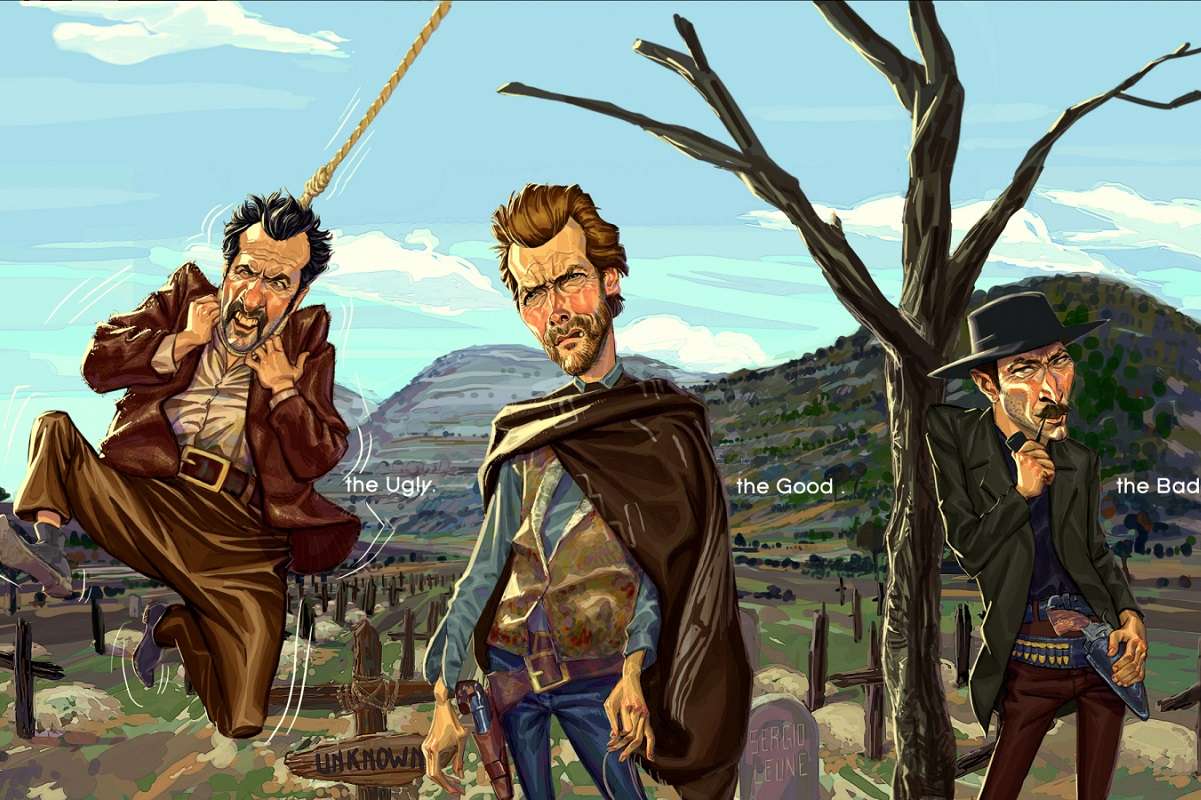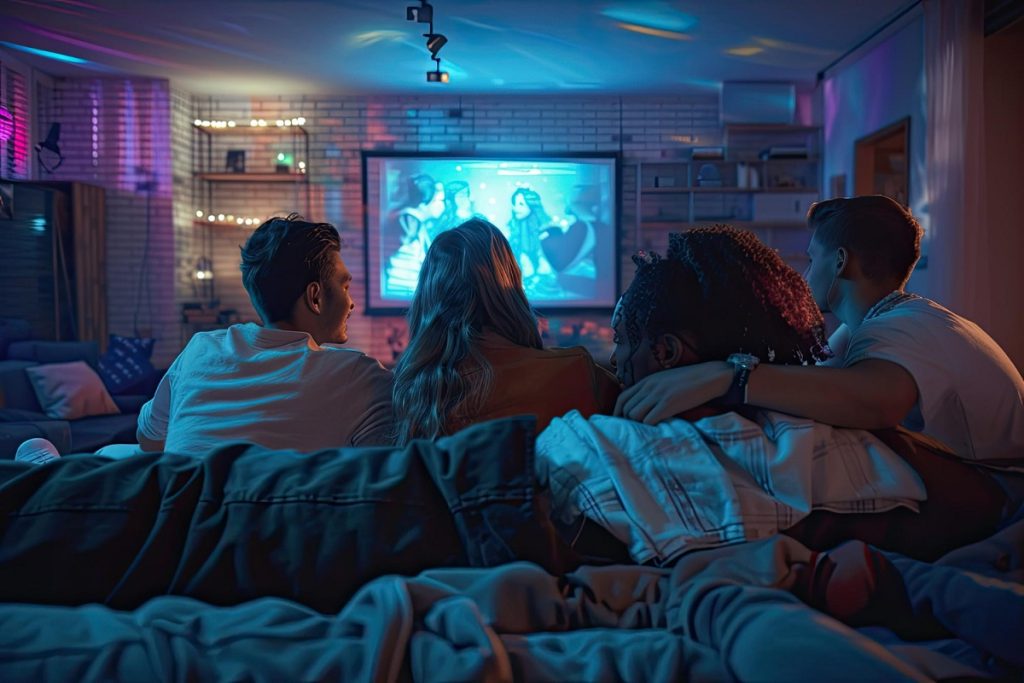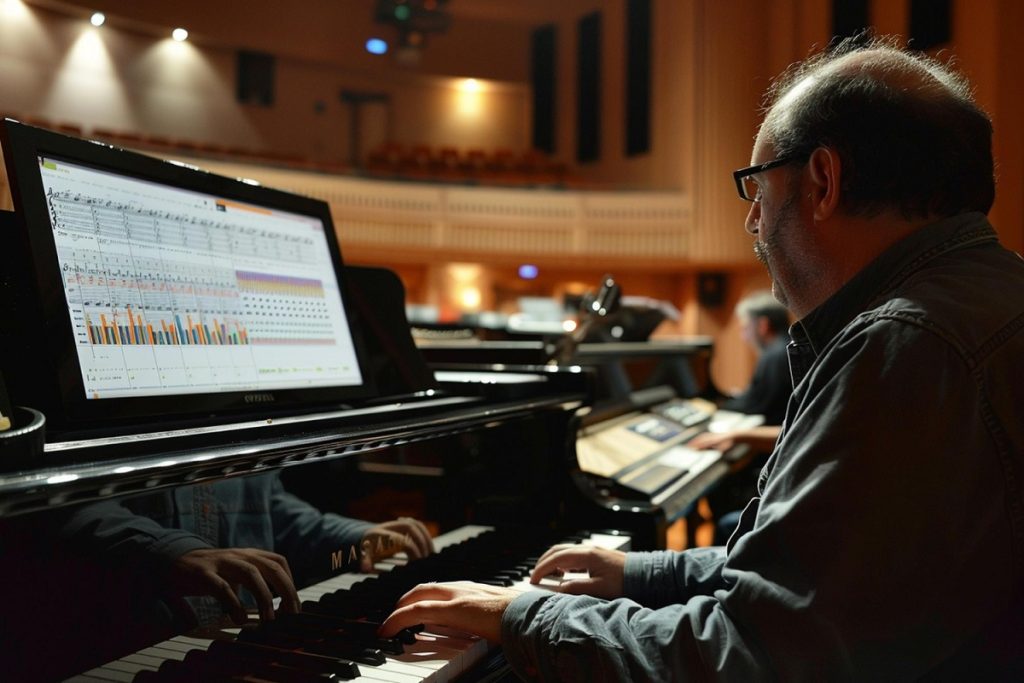Film scores go beyond just background music; they are pivotal in shaping a movie’s atmosphere and amplifying its emotional impact. Ennio Morricone’s iconic score for “The Good, The Bad and The Ugly” stands as a premier example of how music can elevate a film’s narrative to legendary status.
This article delves into Morricone’s masterpiece, uncovering its role in cinematic history and its broader cultural significance.
The transformative power of film scores
Film scores do more than accompany the visuals on screen; they enhance the storytelling by setting the mood and deepening the emotional resonance of the narrative.
A well-composed score is capable of conveying feelings of suspense, love, or despair without a single word being spoken, pushing the cinematic experience to new heights. Composers like John Williams, Hans Zimmer, and Philip Glass have mastered this art, creating some of the most unforgettable musical moments in film.
The genius of Ennio Morricone
Ennio Morricone, a maestro of film music with a career spanning over six decades, composed one of the most celebrated film scores for Sergio Leone’s 1966 spaghetti Western, “The Good, The Bad and The Ugly.”
The score’s influence is profound, cementing its place in the pantheon of cinematic music by shaping how emotion is perceived and portrayed on screen.
The Ecstasy of Gold: A stand-out piece
One of the most compelling pieces in the score, “The Ecstasy of Gold,” showcases Morricone’s ability to convey complex emotions. The composition plays during a climactic moment of the film, capturing the intense greed, excitement, and anticipation of the characters.
This piece not only enhances the visual experience but also etches itself in the listener’s memory, demonstrating the power of an impactful film score.
Cultural and historical significance
Morricone’s score for “The Good, The Bad and The Ugly” transcends its role in the film’s narrative, attaining a cultural iconicity recognizable worldwide. Its main theme, with the hauntingly beautiful whistle, immediately evokes the dusty, tense atmospheres of the Old West, becoming synonymous with the Western genre itself.
This theme has been used in countless other media, symbolizing the ultimate Western standoff in popular culture.
Moreover, this score played a significant role in the rise of the spaghetti Western genre, a genre that gave a new dimension to the American Wild West, seen through a European perspective.
Morricone’s music brilliantly complemented Sergio Leone’s unique directing style, which often included extended scenes with minimal dialogue. His scores, therefore, were not just accompanying but integral to advancing the plot and defining the characters.
Morricone’s innovative approach to the composition of “The Good, The Bad and The Ugly” score, particularly his use of unconventional instruments and sound effects, set a new standard for cinematic compositions.
It demonstrated that the soundtrack could tell as much of the story as the script or the visuals. Even today, filmmakers and composers look to Morricone’s work as a profound source of inspiration, aiming to replicate its emotive power and atmospheric depth.
In conclusion, Ennio Morricone’s score for “The Good, The Bad and The Ugly” not only enhanced the film’s narrative and emotional weight but also established a new realm of possibilities for musical storytelling in cinema. His legacy endures, proving that the perfect score does not merely accompany a film but becomes inseparable from the film’s very essence.






